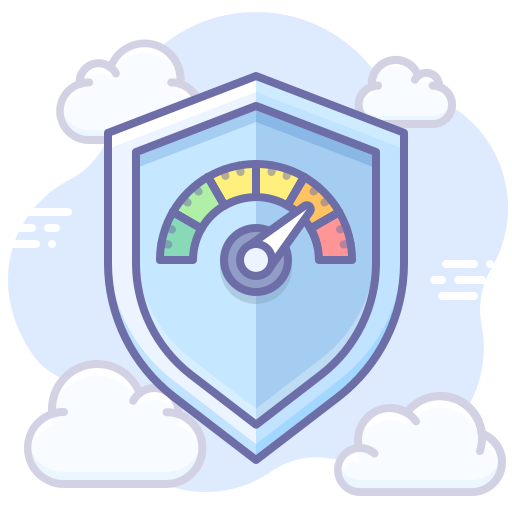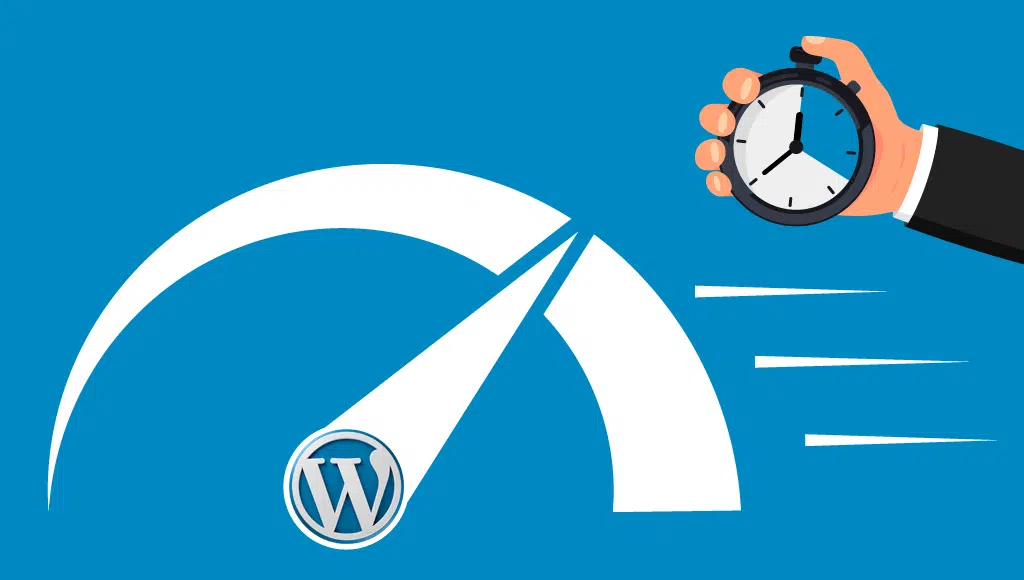Techniques for a Speedy WordPress Site

In today’s fast-paced digital world, website speed is crucial. Users have become increasingly impatient, and a slow website can lead to a high bounce rate and a loss of potential customers.
One of the most popular content management systems, WordPress, allows users to create stunning websites.
However, as your website grows and becomes more complex, it can slow down. In this article, we will explore cutting-edge techniques to help you optimize your WordPress website and unleash lightning-fast performance.
1. Choose a Lightweight Theme:
The first step towards a speedy WordPress site is selecting a lightweight theme.
Many visually appealing themes come with a plethora of features and pre-installed plugins, which can significantly impact your website’s performance.
Choose a theme that focuses on minimalism and functionality, ensuring it is optimized for speed.
2. Optimize Images:
Images are often the biggest culprits behind slow loading speeds. Optimize your images by compressing them while maintaining acceptable quality.
WordPress plugins like Smush or EWWW Image Optimizer can automatically compress images as you upload them, saving you valuable time.
3. Enable Caching:
Caching is a technique that stores static versions of your website files so that the next time a user visits, the server can deliver the page much faster.
There are several WordPress caching plugins available, such as WP Rocket or W3 Total Cache, which can significantly improve your site’s performance by enabling browser caching, page caching, and more.
4. Minify CSS and JavaScript:
CSS and JavaScript files can be optimized by removing unnecessary characters, whitespace, and comments. This process, called minification, reduces file sizes and improves loading times.
Utilize WordPress plugins like Autoptimize or WP Super Minify to automatically minify your website’s CSS and JavaScript files.
5. Utilize a Content Delivery Network (CDN):
A CDN is a network of servers located geographically in various regions. When a user requests your website, the server closest to their location delivers the content.
This reduces latency and improves site speed. Services like Cloudflare or MaxCDN integrate seamlessly with WordPress and offer a CDN solution to accelerate your website’s performance.
6. Optimize Database:
Over time, your WordPress database accumulates unnecessary data, such as drafts, revisions, and spam comments. Cleaning up this data can significantly improve database performance.
WordPress plugins like WP-Optimize or WP-DBManager can help you optimize and clean up your database effortlessly.
7. Limit WordPress Plugins:
Although plugins extend the functionality of your WordPress website, too many can cause it to slow down. Assess your plugins and remove any unnecessary ones.
Utilize lightweight or multipurpose plugins that offer multiple functionalities to limit the number of plugins installed.
8. Lazy Load Images and Videos:
Lazy loading is a technique that loads images and videos only when they are visible on the user’s screen. It prevents unnecessary loading of media files, improving initial page loading times.
WordPress plugins such as Lazy Load by WP Rocket or BJ Lazy Load can automatically implement lazy loading for your site.
9. Optimize Website Hosting:
Choosing the right hosting provider is crucial for a speedy WordPress site. Shared hosting may be suitable for small websites with low traffic, but as your site grows, upgrading to a dedicated or managed hosting provider can significantly improve performance.
Look for providers offering high uptime, fast response times, and server-side caching.
10. Implement Gzip Compression:
Gzip compression reduces the size of website files, including HTML, CSS, and JavaScript, before sending them to the user’s browser.
Enabling Gzip compression can significantly reduce the file size of your website, leading to faster load times. This can be enabled through plugins like GZip Ninja Speed Compression or through server configurations.
Speedy WordPress Site FAQs:
Q: Why is a speedy WordPress site important?
A: Website speed is crucial for user experience. Slow-loading websites often lead to high bounce rates, low conversion rates, and a negative impact on search engine rankings.
Q: How can I test my website speed?
A: There are several online tools available for testing website speed, such as Google PageSpeed Insights, GTmetrix, or Pingdom Tools. These tools provide insights into page loading times and offer suggestions for improvement.
Q: Can I improve my website speed without technical knowledge?
A: Yes, several WordPress plugins mentioned in this article provide easy-to-use interfaces that simplify the optimization process. However, some advanced techniques may require technical knowledge or assistance.
Q: Do these techniques work on all WordPress websites?
A: Most of the techniques mentioned here apply to WordPress websites in general. However, the extent of improvement may vary based on individual website configurations and server capacities.
Q: Should I implement all of these techniques?
A: You should evaluate which techniques are most relevant for your website. Implementing all of them may not be necessary or beneficial for every website, depending on factors like your theme, plugins, and hosting environment.
In conclusion, a Speedy WordPress Site is within reach by implementing these cutting-edge techniques.
Optimizing your theme, images, caching, and databases, utilizing a CDN, and choosing the right hosting provider are key steps towards improving website speed.
With the right tools and techniques, you can ensure an exceptional user experience, enhanced conversions, and higher search engine rankings.
Speedy WordPress Site Post Summary:
A speedy WordPress site is crucial in today’s digital world, as slow loading times can lead to a high bounce rate and loss of potential customers.
To optimize your WordPress site for speed, start by choosing a lightweight theme that focuses on functionality.
Optimize images by compressing them using plugins like Smush or EWWW Image Optimizer.
Enable caching with plugins such as WP Rocket or W3 Total Cache to store static versions of your website files.
Minify CSS and JavaScript files to reduce file sizes, and utilize a Content Delivery Network (CDN) like Cloudflare or MaxCDN to improve site speed.
Optimize your database, limit the number of plugins, and implement lazy loading for images and videos.
Choose the right hosting provider and enable Gzip compression to further improve load times.
It’s important to test your website speed using tools like Google PageSpeed Insights or GTmetrix.
Remember to consider your website’s specific configurations and needs when implementing these techniques.

















